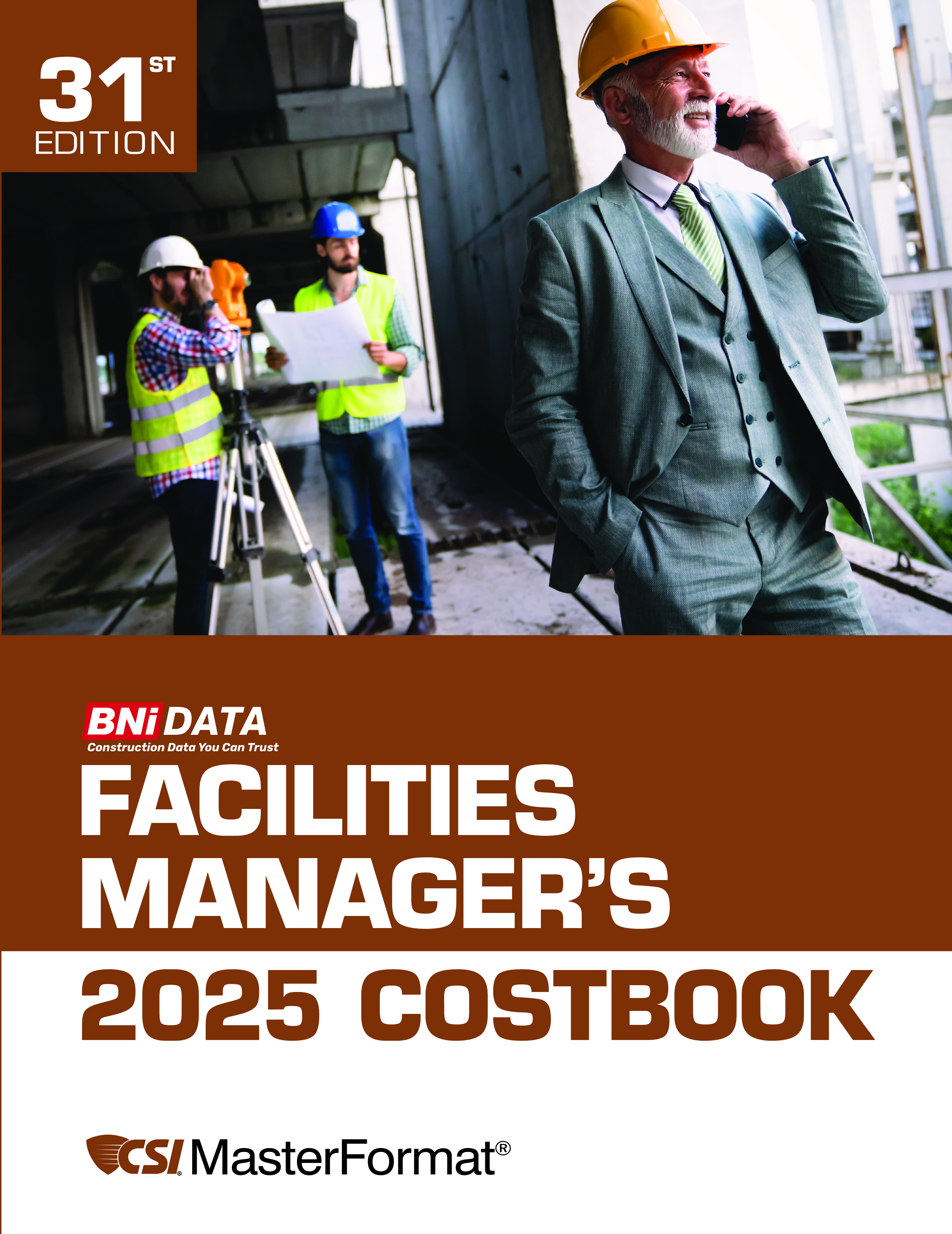Labor Pains
It has been over a year since Arizona passed its immigration enforcement law. Now three other states - Utah, Alabama, and my home state of Georgia - have passed similar legislation.

It has been over a year since Arizona passed its immigration enforcement law. Now three other states - Utah, Alabama, and my home state of Georgia - have passed similar legislation. Parts of the Georgia law have already gone into effect and the protesting and lawsuits that one might expect are following. The law in Alabama goes into effect the first of next year but is having an impact already. The impact in Georgia translates to immigrant workers going home or to other states.
Most roofing contractors I know who employ workers from south of the border have done their best over the years to follow the rules and only employ people who offer up the proper documentation. Many have adopted the practice of using the E-Verify system as part of their pre-employment procedures.
Still the question remains: What is going to happen if our now skilled and hardworking labor force is suddenly reduced by 30 percent or 50 percent? With unemployment running close to 9 percent nationwide, the pressure on the federal government to pass meaningful immigration reform will continue to mount.
In my view, the best thing the roofing industry can do is to attempt to get in front of this problem by working on apprenticeship and training programs. Easy to say but very difficult when it comes to execution. Over the years I have seen many such programs rise and fall as the pool of young people entering the workplace have little or no interest in working their way up in an industry that begins where the work is hot (or freezing cold) and difficult.
In order to ensure a sustainable supply of labor we must invest in the kind of programs that will aim the roofing industry in the direction of one that offers a career path to individuals who wish to make a good life for themselves. And we need to sell it. And keep selling it.
Impossible? No. Difficult? Incredibly.
I think it could take anywhere from a decade to a generation to move “roofer” into the category of “electrician” or “HVAC technician” if we were to begin today. Speaking of HVAC, here is a good example. One of my associates had the HVAC systems in his home replaced recently and he commented on how hard the crew had to work in his attic on a day when the temperatures were in the mid-90s. But it takes a good deal of training to land one of those technician’s jobs. There are public and private vocational and technical schools everywhere offering the training that HVAC contractors require. A vocational and technical school offering training for roofers is very rare in this country.
Where to begin? I believe our best hope lies in training programs currently being offered by roofing associations, roofing manufacturers, and even some individual roofing contractors. Perhaps the way to make that happen will be for the disparate industry interests to come together. All roofing manufacturers and all roof-contracting associations would have to lower their shields and put a concerted effort into developing standardized education and evaluation of roofing workers. It would follow that this same group would be the ones to sell it to our consumer base: home and building owners.
We all have a vested interest in this issue. Without skilled labor to put roofing down, none of our investments in making, shipping, distributing, or installing it are worth very much.
Rick Damato
Editorial Director
rickdamato@yahoo.com

It has been over a year since Arizona passed its immigration enforcement law. Now three other states - Utah, Alabama, and my home state of Georgia - have passed similar legislation. Parts of the Georgia law have already gone into effect and the protesting and lawsuits that one might expect are following. The law in Alabama goes into effect the first of next year but is having an impact already. The impact in Georgia translates to immigrant workers going home or to other states.
Most roofing contractors I know who employ workers from south of the border have done their best over the years to follow the rules and only employ people who offer up the proper documentation. Many have adopted the practice of using the E-Verify system as part of their pre-employment procedures.
Still the question remains: What is going to happen if our now skilled and hardworking labor force is suddenly reduced by 30 percent or 50 percent? With unemployment running close to 9 percent nationwide, the pressure on the federal government to pass meaningful immigration reform will continue to mount.
In my view, the best thing the roofing industry can do is to attempt to get in front of this problem by working on apprenticeship and training programs. Easy to say but very difficult when it comes to execution. Over the years I have seen many such programs rise and fall as the pool of young people entering the workplace have little or no interest in working their way up in an industry that begins where the work is hot (or freezing cold) and difficult.
In order to ensure a sustainable supply of labor we must invest in the kind of programs that will aim the roofing industry in the direction of one that offers a career path to individuals who wish to make a good life for themselves. And we need to sell it. And keep selling it.
Impossible? No. Difficult? Incredibly.
I think it could take anywhere from a decade to a generation to move “roofer” into the category of “electrician” or “HVAC technician” if we were to begin today. Speaking of HVAC, here is a good example. One of my associates had the HVAC systems in his home replaced recently and he commented on how hard the crew had to work in his attic on a day when the temperatures were in the mid-90s. But it takes a good deal of training to land one of those technician’s jobs. There are public and private vocational and technical schools everywhere offering the training that HVAC contractors require. A vocational and technical school offering training for roofers is very rare in this country.
Where to begin? I believe our best hope lies in training programs currently being offered by roofing associations, roofing manufacturers, and even some individual roofing contractors. Perhaps the way to make that happen will be for the disparate industry interests to come together. All roofing manufacturers and all roof-contracting associations would have to lower their shields and put a concerted effort into developing standardized education and evaluation of roofing workers. It would follow that this same group would be the ones to sell it to our consumer base: home and building owners.
We all have a vested interest in this issue. Without skilled labor to put roofing down, none of our investments in making, shipping, distributing, or installing it are worth very much.
Rick Damato
Editorial Director
rickdamato@yahoo.com
Looking for a reprint of this article?
From high-res PDFs to custom plaques, order your copy today!








